To help our clients understand what to expect at a Minnesota workers’ compensation hearing, it is important to know what exactly is involved and the process that takes place. A formal workers’ compensation hearing in Minnesota is a trial in front of a workers’ compensation judge. A workers’ compensation hearing may be scheduled after a party files a claim petition or a request for a formal hearing. The judge will determine any past and ongoing issues in dispute between the parties and issue a formal court order and decision.
Where are the Hearings Held?
Hearings are scheduled at the Office of Administrative Hearings at 600 North Robert Street in St. Paul, Minnesota. Hearings may also be scheduled at 11 East Superior Street in Duluth, Minnesota. Sometimes in certain circumstances the parties will appear via teleconference. Once the hearing date is set, the Office of Administrative Hearings will send notice to all the parties. The hearing date may depend on the schedule of the judge and the attorneys.
How Long is a Work Comp Hearing?
Usually, the judge will ask the parties during the pre-trial conference how long they anticipate the parties will need to present testimony. Most cases take a half day. If the parties expect to present more than a few live witnesses, the hearing may be schedule for a full day with a break for lunch. Sometimes, in complicated cases with numerous parties the hearing maybe scheduled for two days. It’s very important to arrive very early to ensure that you are on time for the proceedings. You should also meet with your attorney before the hearing.
Who is Present at a Work Comp Hearing?
The workers’ compensation judge who is assigned to your case will issue an order that determines the outcome of your case after hearing both sides present their case. Your attorney and the attorney for the other side will be present at the hearing. The parties typically sit across from each other at a table in the courtroom.
Expert witnesses, such as doctors, do not testify in person and rather the parties submit written reports in lieu of live testimony. Live witnesses, such as supervisors or co-workers if called to testify will be present as well. Generally, a representative from the insurance company or employer will also be present, even if he or she is not testifying.
What is the Proper Courtroom Etiquette?
The parties should dress formally and act respectfully. Do not speak until your attorney indicates it’s okay for you to do so. Everyone should be addressed formally and the judge is referred to as “Your Honor.” The parties will stand when the judge enters the room. Do not argue or interrupt the other side. It does not help your case if you make faces or get visibly emotional when the other side presents his or her case.
What is an Opening Statement?
Before witnesses testify, the parties will give an opening statement. First, the attorney for the injured employee will give a summary of what the witnesses will testify about and why they should win the case. Next, the attorney for the insurer and employer will explain why they should win the case and why the injured worker is wrong on the facts and the law.
What Kind of Evidence Will Be Presented?
Generally, the parties will have exchanged exhibits and records before the hearing. The parties may even submit a set of joint exhibits in order to make it easier for the judge to examine the evidence in the case. The joint exhibits will include intervention notices, medical records, and wage records. The parties will submit written records, such as doctor reports, and may submit photographs and videos as well.
If a party objects to some of the evidence the parties will make their objection and the judge will decide to agree or disagree. Before the hearing begins the parties will take time to set forth the stipulations, which are the parts of the case to which the parties agree. For example, average weekly wage.
Next, the witnesses for the injured worker or claimant will give their testimony. The order of the witnesses is determined by the attorney before the hearing. The witnesses will be sworn in and will answer a set of questions from the employee’s attorney. The attorney for the insurer and the employer will be given a chance to cross-examine the witnesses after they have answered questions from the other attorney. Then the attorney for the employee will be given an opportunity for “re-direct” and will try to clarify any points made by the other attorney.
What is a Closing Statement?
The parties may give an oral or a written closing statement, depending on the preference of the judge. The closing statement closely reflects the opening statement in that the parties will summarize important pieces of the evidence presented and why it fits within the law.
What Happens After the Case?
The proceeding will be electronically recorded and the judge will then issue a “findings and order” that is the decision of the case. If either party disagrees with the decision they may appeal to the Minnesota Workers’ Compensation Court of Appeals.
Don’t wait to get an attorney involved if you have a Minnesota workers’ compensation claim. The process can be complex and you want to be sure you receive the full benefits you are entitled. Contact Meuser, Yackley & Rowland, P.A. for a free no-obligation consultation and claim evaluation. At Meuser, Yackley & Rowland, P.A. we keep our clients informed of the process as well as what to expect each step of the way. Call us today at 1-952-288-4667.








